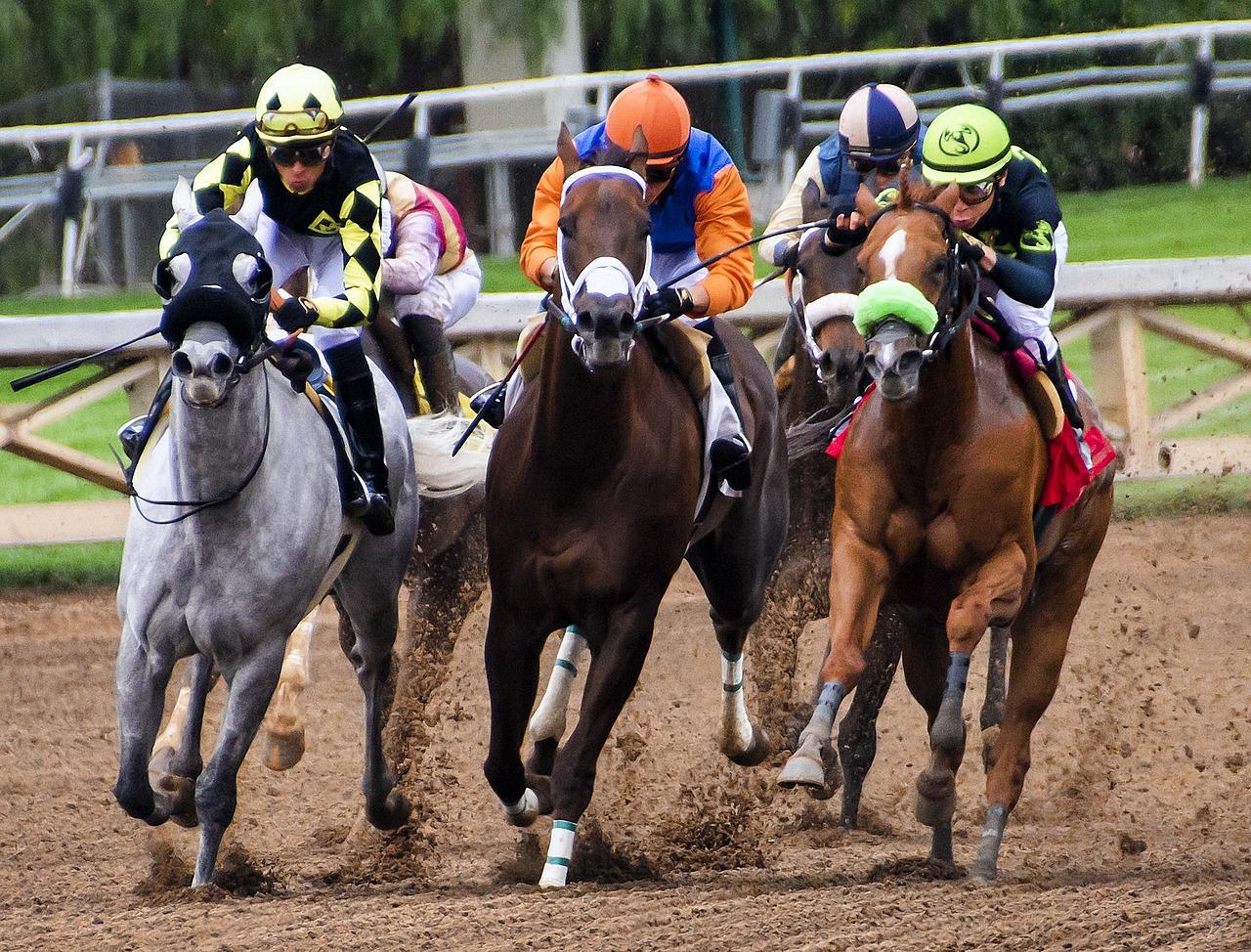
The Breeders’ Cup is the championship series for Thoroughbred racing in the United States. Fourteen races, held over two days, highlight some of the world’s best horses and jockeys.
Each race has its own storied history, and each has produced and showcased some amazing performances.
The 2022 Breeders’ Cup Dirt Mile is no exception, but it is often overshadowed by the speedier Sprint and the richer Classic. Let’s take a look at what makes this race special in its own right.
It Has A Interesting Sponsor Name
Bettors, fans, and sportscasters alike have snorted like twelve-year-olds at the full name of the race: The Big Ass Fans Breeders’ Cup Dirt Mile. It is certainly an attention-grabber, and it makes the race memorable for more casual fans.
The race is sponsored, naturally, by a company called Big Ass Fans, which sells (surprise surprise) fans of a very large size. Big Ass Fans has been a sponsor of the race since 2019.
It Wasn’t Always A Breeders’ Cup Race
The Breeders’ Cup series has grown and changed over the years. It was initiated in 1984 with seven races. Two-year-olds had the Juvenile and the Juvenile Fillies. Those who preferred the grass had two options, the Mile and the Turf, at 1 ½ miles. Fillies and older mares ran on the dirt in the Distaff, initially at 1 ¼ miles but shortened to 1 ? miles in 1988. The Sprint was six furlongs over the dirt, and the richest of all of them, the Classic, was 1 ¼ miles over the same surface.
However, many top races for three-year-olds and older males in the United States take place at eight or nine furlongs (1 mile or 1 ? miles). This meant that at year’s end, a lot of horses who had success in their age division had a difficult decision to make: they could switch surfaces and run in the Mile, shorten up to the Sprint, or stretch out for the Classic.
The series began to expand in 1999 when the Filly and Mare Turf was added. The expansion began in earnest in 2007, however, with the addition of the Juvenile Turf, the Filly and Mare Sprint, and, of course, the Dirt Mile. Now middle-distance dirt horses had a race all their own, ensuring that they could broadcast the depth of their talent.
It Has Produced Good Sires
Although there have only been fifteen runnings of the Dirt Mile, several of the winners have gone on to become successful sires.
Goldencents, who won the 2013 and 2014 editions of the race, is a notable example. A son of leading sire Into Mischief, Goldencents has produced multiple graded stakes winners By My Standards, Going to Vegas, and Mr. Money from five crops to race. His offspring tend to prefer a mile distance but have had success on the grass as well as the dirt.
While Tapizar does not have the amount of black-type performers that Goldencents has, he can rest on his laurels as the sire of multiple Eclipse Champion mare Monomoy Girl, who won the Kentucky Oaks as well as two runnings of the Breeders’ Cup Distaff. All told, Monomoy Girl had a record of fourteen wins and three seconds from seventeen starts. Of those fourteen wins, ten were in graded stakes races, and seven were at Grade I level.
Finally, we have Liam’s Map, the winner of the 2014 Dirt Mile. His four crops to race have included graded stakes winners Wicked Whisper, Basin, Rushie, Juju’s Map, Crazy Beautiful, and Colonel Liam. His get have shown a great deal of versatility, with major wins at all ages over a variety of distances and surfaces.






